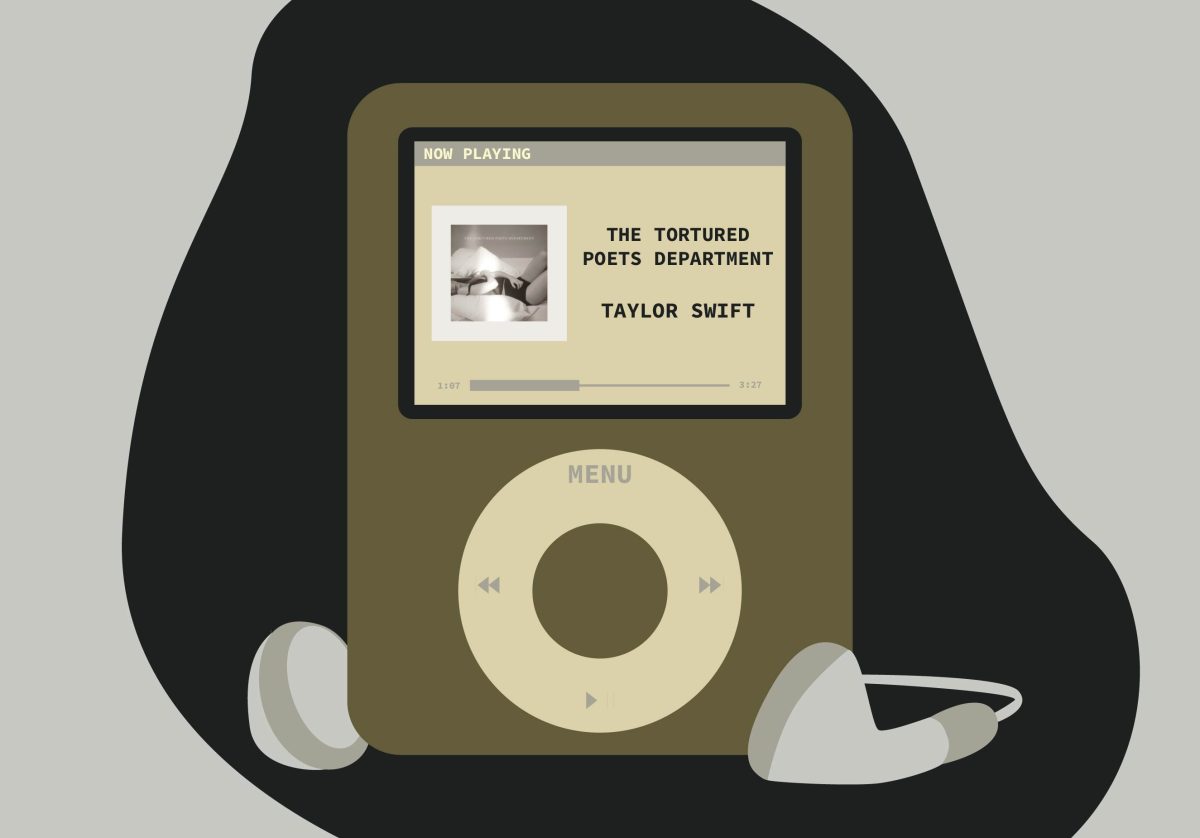Karl Herber’s home doubles as an office — the walls are covered with photographs and paintings. Knick-knacks litter all available shelf space; Herber is a collector of memories.
In an artist statement, Herber explained his peculiar style and subjects. “I don’t understand a lot of what I do, but I don’t see comprehension to be a prerequisite for expression,” he wrote.
A&E sat down with Herber, a Minneapolis still-life photographer, to gain a little more insight into his “no thought process” thought process.
How did you get your start in photography?
I’ve been doing it in some form or another since I was a kid. There was a study abroad program in Salzburg, Austria. That was a pivotal year because I figured out that I can really do photography [as an occupation], and I became who I was as an artist.
What was it about your time in Europe that was so influential?
It was just really productive — seeing a lot of other work, taking a lot of photographs, being in Europe and having experiences. It slowly crystalized over the course of the year so that when I came back to the United States it all gelled.
What motivates your personal style and your subject?
I don’t pre-visualize. I don’t think to myself, ‘I’m going to go take pictures of trees.’ It works better if I’m out somewhere just responding. I like photographing in museums; I like shooting dioramas.
Inanimate objects are a consistent theme throughout your work. Why is that?
I don’t know why that is. When I’m in these stimulating environments … that’s when I feel like photographing. If I liked baseball, I would go shoot ballgames, but I like museums and cities.
The less I pre-visualize, the more pure my images get. I think I’ve always known that, I just haven’t trusted it.
Sometimes I feel like I’m taking the same pictures, but it’s like how you want your eggs done a certain way. I’m always going to be stimulated by these kinds of images.
With your still-life images, there’s almost a surreal feeling to these ordinary objects. How do you obtain that?
By getting closer — it’s a process of refinement and purification, stripping away all of the other stuff. I just use one lens; I always find myself wanting to get closer to subjects.
Purity is one of those overriding concepts that I think a lot about … purity and memory.
On your website there’s a portfolio called revisionist nonfiction — what do you mean by that?
It’s nonfiction because all the images are true — they all happened to me. It’s revisionist in the sense that I’m changing the story by putting the images in pairs.
Why do you think photography is important?
I don’t understand a lot of my work and that’s why I keep doing it — there’s some kind of curiosity or interest.
I think that art is a simple human activity, at least the art that I like. Artists like Mark Rothko have a purity to them. I’m not drawn to art that has a big story or requires context to appreciate it.
The other part is memory — our memories make us who we are. What you remember, what people remember about you … I don’t believe in an afterlife. We remember people, we remember life — that’s all we have.
I think photography is a way to record these things. [However,] it’s not a true recording; it’s fallible just like memory.
Editor’s note: This interview has been edited for length and clarity.
















